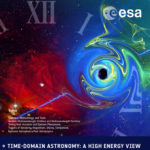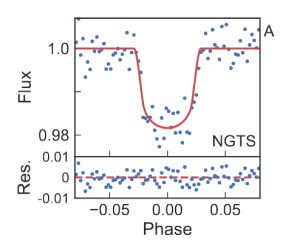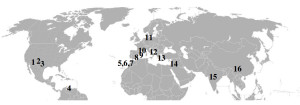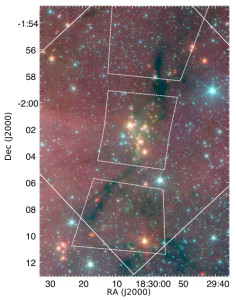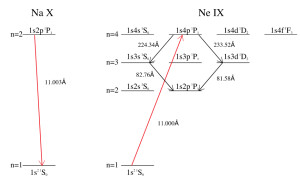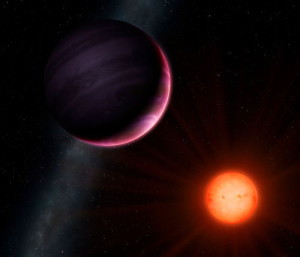New paper: X-ray emission line spectra of main-sequence stars
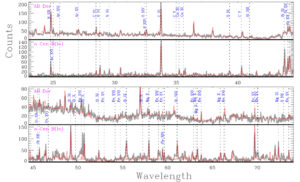
“A Chandra/LETGS Survey of Main-sequence Stars”
We analyze the X-ray spectra of 19 main-sequence stars observed by Chandra using its LETGS configuration. Emission measure (EM) distributions are computed based on emission line measurements, an analysis that also yields evaluations of coronal abundances. The use of newer atomic physics data results in significant changes compared to past published analyses. The stellar EM distributions correlate with surface X-ray flux (FX) in a predictable way, regardless of spectral type. Thus, we provide EM distributions as a function of FX, which can be used to estimate the EM distribution of any main-sequence star with a measured broadband X-ray luminosity. Comparisons are made with solar EM distributions, both full-disk distributions and spatially resolved ones from active regions (ARs), flares, and the quiet Sun. For moderately active stars, the slopes and magnitudes of the EM distributions are in excellent agreement with those of solar ARs for logT< 6.6, suggesting that such stars have surfaces completely filled with solar-like ARs. A stellar surface covered with solar X-class flares yields a reasonable approximation for the EM distributions of the most active stars. Unlike the EM distributions, coronal abundances are strongly dependent on spectral type, and we provide relations with surface temperature for both relative and absolute abundances. Finally, the coronal abundances of the exoplanet host star τ Boo A (F7 V) are anomalous, and we propose that this is due to the presence of the exoplanet.
A Chandra/LETGS Survey of Main-sequence Stars, Wood, Brian E.; Laming, J. Martin; Warren, Harry P.; Poppenhaeger, Katja, The Astrophysical Journal, Volume 862, Issue 1, article id. 66, 24 pp. (2018).
